Unification of Italy
Unification of Italy was a two-step process
- In first step, it had to gain independence from Austria & secondly,
- it had to unite consequent independent Italian states into a single unit.
“Mazzini & Garibaldi were revolutionaries who played an important role in this process.”
Mazzini had formed an organization named Young Italy in 1831 for unification of Italy. From 1831 onwards, Young Italy repeatedly attempted revolts against the Monarchy but all of them failed to establish a democratic and united Italy. Yet, Young Italy enthused the people for a united Italy under a liberal government.
Role of 1848 Revolts – The 1848 revolts were led by intellectuals and liberals who were against the reactionary Austrian control and wanted a liberal government. These revolts did usher in democratic reforms, but neither did this result in independence from Austria nor the consolidation of the states into a united Italy.
Unification through Bismarck like Policy of Prime Minister Clavour
After the 1848 revolts, attempts at unification of Italy were made by the Prime Minister Clavour of the Italian State of Sardinia. In 1859, Sardinia allied with France in a war against Austria, which freed many states of Italy from Austrian rule and most of them were united under the Monarch of Sardinia except:
- Venetia which still remained under Austrian rule
- The Kingdom of two Sicilies (in Southern Italy), which was the collective name for Kingdom of Sicily and Kingdom of Naples;
- Papal States, with their capital in Rome, which were under direct rule of the Pope who was supported by the French troops.
Sicily and Naples were liberated from the despotic rule of Ferdinand II by the revolutionary fighters led by Garibaldi and consequently brought under the Sardinia Monarchy in 1860 and the Kingdom of Italy was established. Venice was annexed by Italy in 1866 by taking advantage of Austro-Prussian War of 1866.
Weakened by the Franco-Prussian war of 1870, the French could not support the Pope anymore and in 1871, Rome was annexed and made the capital of Italy, thus completing the process of unification.
After the unification, Italy and Germany started industrializing and Industrial Revolution started in these states as well.


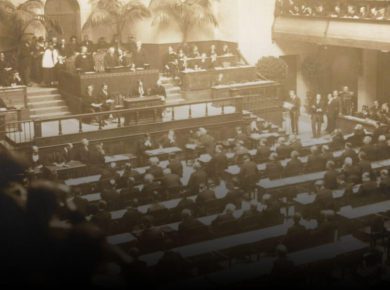

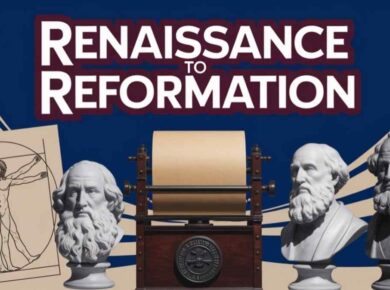
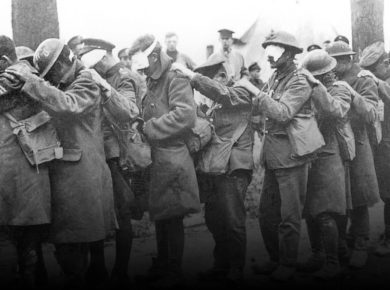
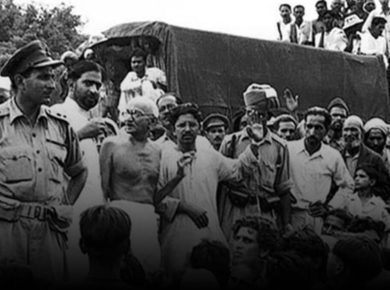
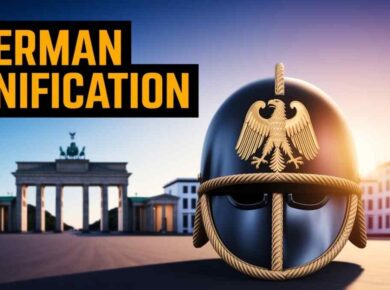




1 comment
thankyou very much to share the knowledge.